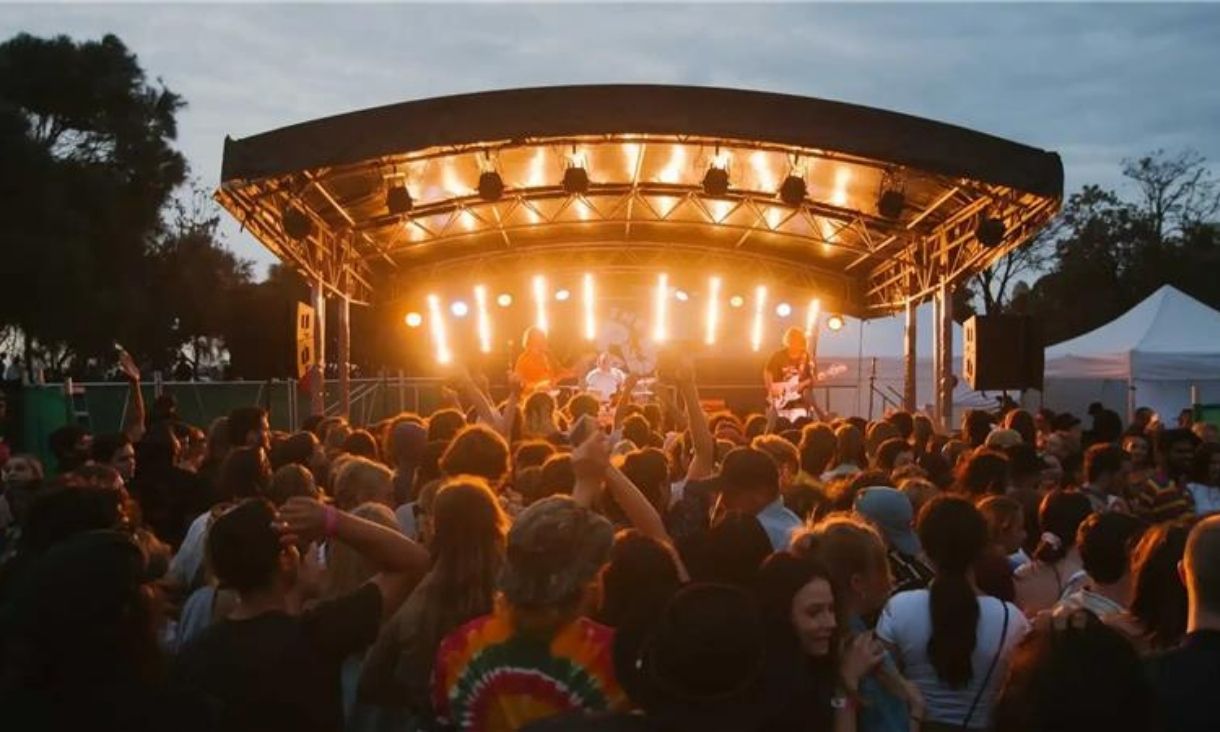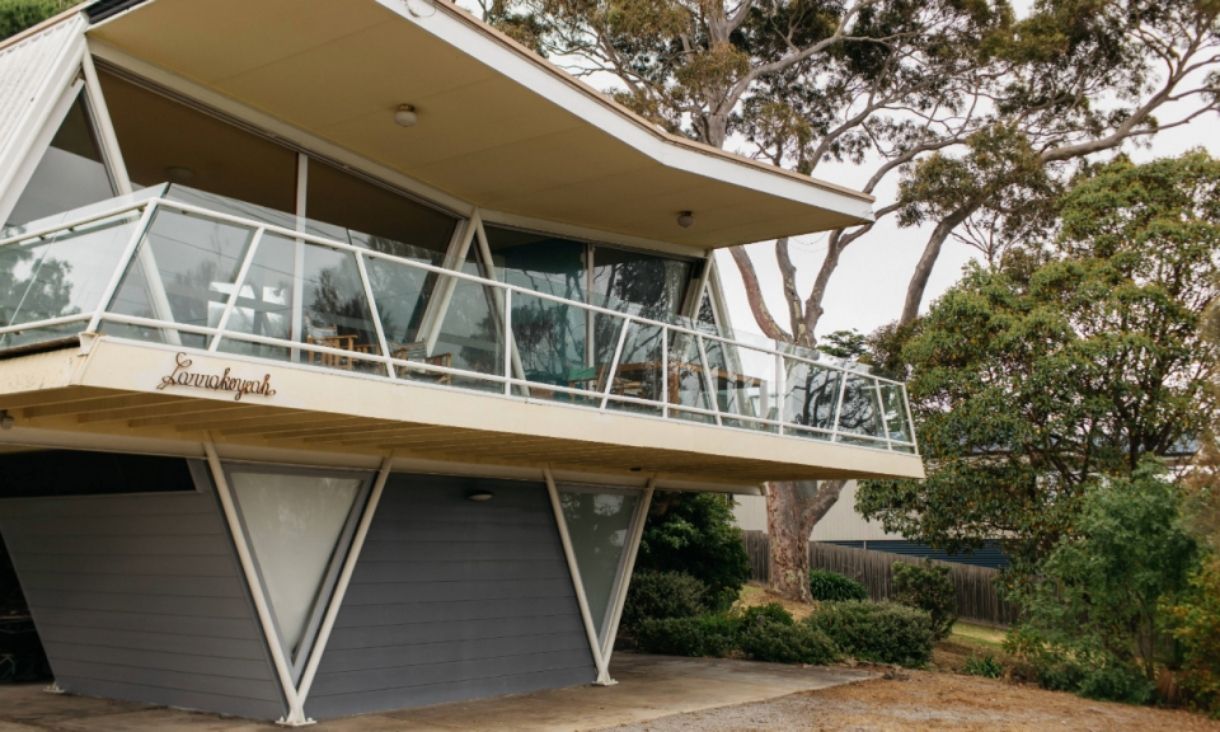Dr Vicki Couzens, a strong Gunditjmara woman, Indigenous artist and RMIT Research Fellow (Discovery Early Career Researcher Award (DECRA)) and Dr Marnie Badham, socially engaged artist and RMIT Senior Lecturer, are working with artists, Traditional Custodians and local governments to develop community-based and decolonised approaches to the public art commissioning.
Couzens and Badham were initially invited by the Greater City of Dandenong Council, who are the lead partner to the project, to provide an evaluation of the Dandenong Creek Art Trail project. The duo has been collaborating for 5 years on a series of community-based projects exploring to art and cultural practices in the context of Indigenous-settler relations.
Through initial conversations with Phoenix Wolfe, Conservation Programs Coordinator, City of Greater Dandenong who was co-ordinating the project from Council, Couzens and Badham realised that there was great opportunity to add value and build on the Council’s open-minded approach to ‘do things differently’ and by engaging in a partnership model with real world impactful outcomes in a culturally appropriate and safe way. The scope of the project quickly evolved from a quick arts evaluation consultancy into a meaningful and collaborative co-designed research-engagement project between artists, Council, RMIT researchers and the Traditional Custodian groups.
To help build a shared understanding and strengthen capabilities in public art, the pair decided to basically run a six-month online art intensive during the lockdowns of 2021 with the seven Indigenous artists, council workers and Elders from Wurundjeri and Bunurong countries.
“While there is a generalised kind of learning when it comes to commissioning Indigenous artists, there are also specific protocols and engagement across the different Aboriginal communities, groups and places,” Couzens said.
“We centred relational knowledges and co-developed the cultural framework through the exchange and expression of each of our own practices, interests and experiences. Each of the stakeholders brought their own knowledge to the virtual table.” Badham said.
“There was no hierarchy and our role was less as external researchers and more like collaborators, facilitators and mentors.”
“The research project is embedded in yarning and Aboriginal methodological approaches in terms of Indigenous Standpoint - Ways of Knowing, Being and Doing,” Couzens said
“These approaches intertwine and overlap as the project priorities, like the ‘tails’ in a basket weaving. They are woven together to create a process that is Indigenous-led and founded in Indigenous place and time frameworks, allowing the focus to be engagement with people and place.”
The methods also allow the Traditional Custodians to advocate for their community’s role in the process.
“We’ve developed and built strong relationships with Traditional Custodians over a long period of time, and councils need to learn how to better engage with Indigenous communities and follow respectful partnership protocols that values First Peoples and our Knowledges,” Couzens said.
The outcomes of the project so far include a series of videos on site at the Creek where the artists speak to their work and Country alongside the cultural exchanges and learning so far. Robert Young, a proud Gunnai, Waradjuri, Yorta Yorta, and Gunditjmara man, came onto the project as one of the seven artists to make work to be featured on the Art Trail.
Robert also became a co-researcher on the project and assisted in documenting the process as well as interviewing the other artists involved. Couzens and Badham were keen to support his leadership and growth into the field of public art.







